Barbie and Me (and You)
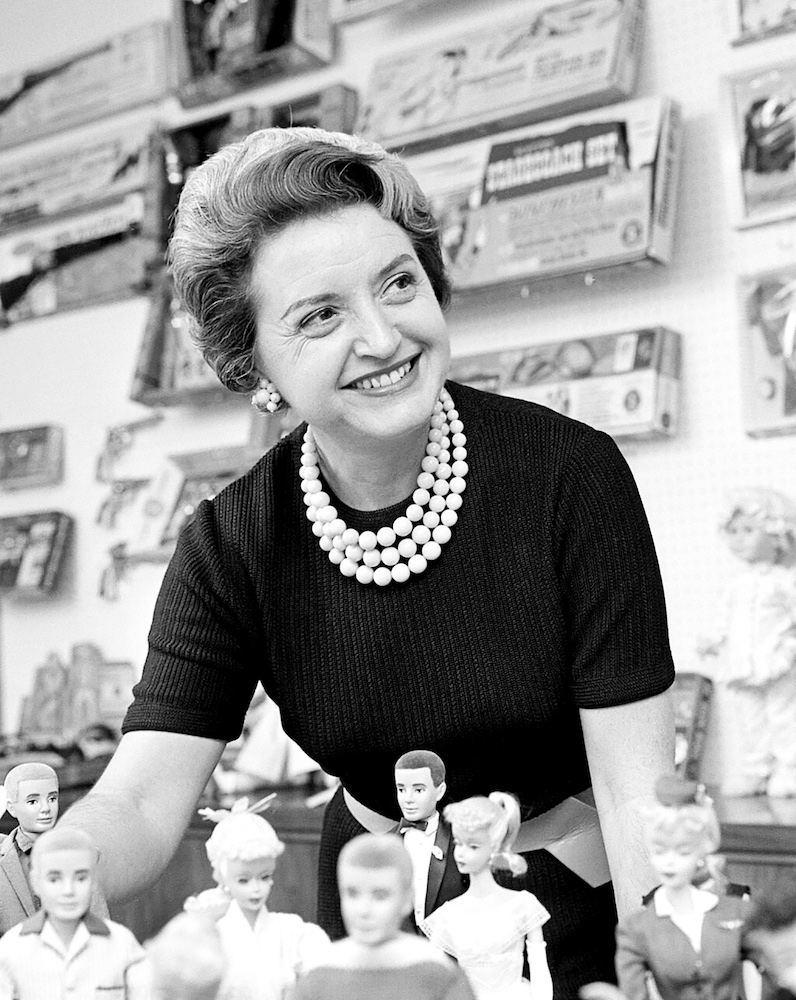
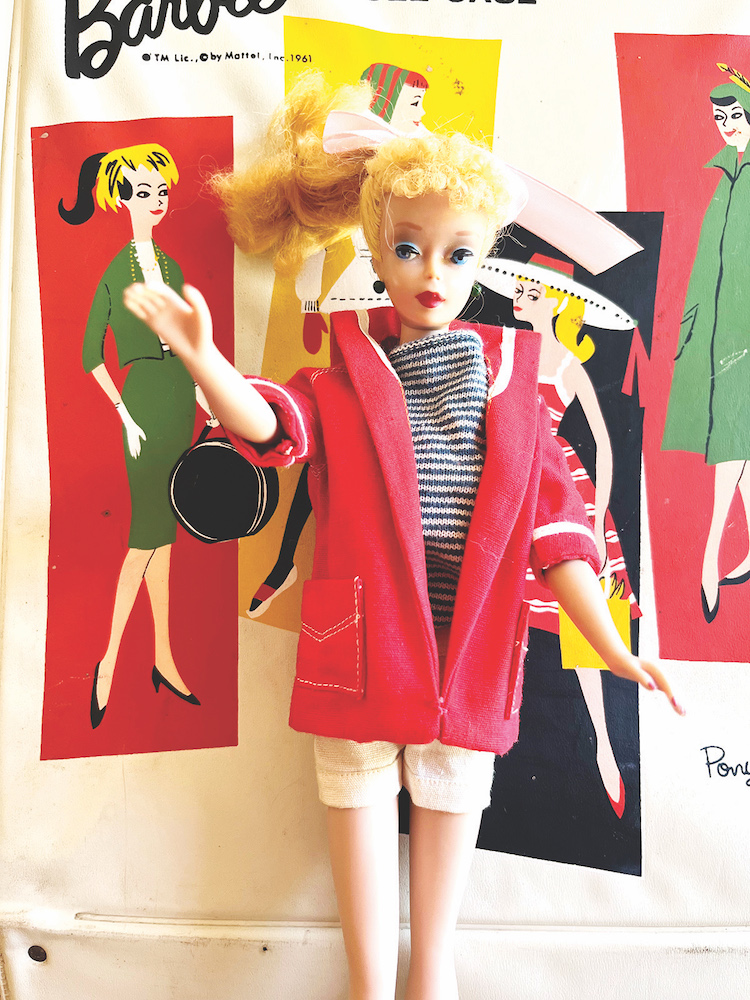
I couldn’t believe they made a movie about Barbie. Seriously? The doll whose body gave three generations of prepubescent girls inferiority complexes and set a standard so high some became devotees of augmentation surgery? Then I read Josef Woodard’s movie review, one which doesn’t end in a resounding nay or yay, but with – “…the verdict… it’s complicated.”
Well, it must be complicated because high up on a crowded shelf in our garage, my own Barbie doll has been stored along with an eclectic array of items I just can’t seem to part with. The question that occurs to me is, why do I still have my Barbie? Maybe there is more to her than meets the “woke” eye.
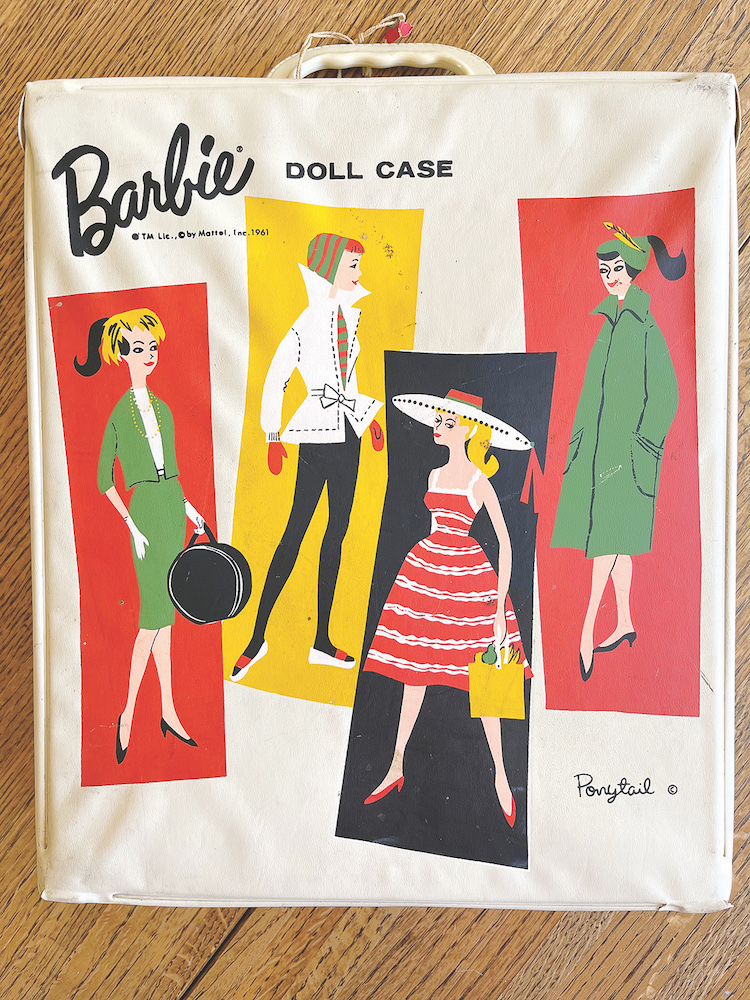
Barbie, as you probably know by now, was developed by Elliot and Ruth Handler in 1959. The Handlers were not new to the toy world, having started a toy company in their garage in 1944. Ruth, pregnant and bored with staying at home, had begun peddling Lucite doll furniture that her Army husband designed on weekends. They were successful and incorporated as Mattel, Inc., of which they were sole owners. By 1959, they were grossing $20 million dollars a year and had 1,200 workers. Ruth drove her pink Thunderbird to work each day from their Beverly Hills home.
When their doll furniture had proved popular, the Handlers branched out by developing a doll-sized ukulele and piano and then a musical jack-in-the-box that secured their finances. For the 1959 toy season they were offering buckle guns that went “pop” when the stomach was expanded, rocket kits, and Barbie dolls, the latter inspired by their 18-year-old daughter, Barbara.
In a September 29, 1959, Los Angeles Times interview, Ruth said, “We have always felt the need for a doll that looks like the modern teenager – one without the baby face and the distorted legs and arms. Little girls dream of being curvaceous, dreamy, exciting. They want – someday – to have gorgeous clothes, be chic, and look like movie stars.”
The Handlers believed they had met that presumed need with 22 varieties of Barbie dolls (blondes and brunettes) wearing everything from bridal gowns to car coats to ermine. The response from mothers had been positive. One mother wrote in, saying of her 10-year-old blue-jeaned daughter, “She was such a tomboy before. Now I’ve been able to get her to wash her face and comb her hair.” Barbie, apparently, promised to be a good influence on budding womanhood.
The Developing Barbie
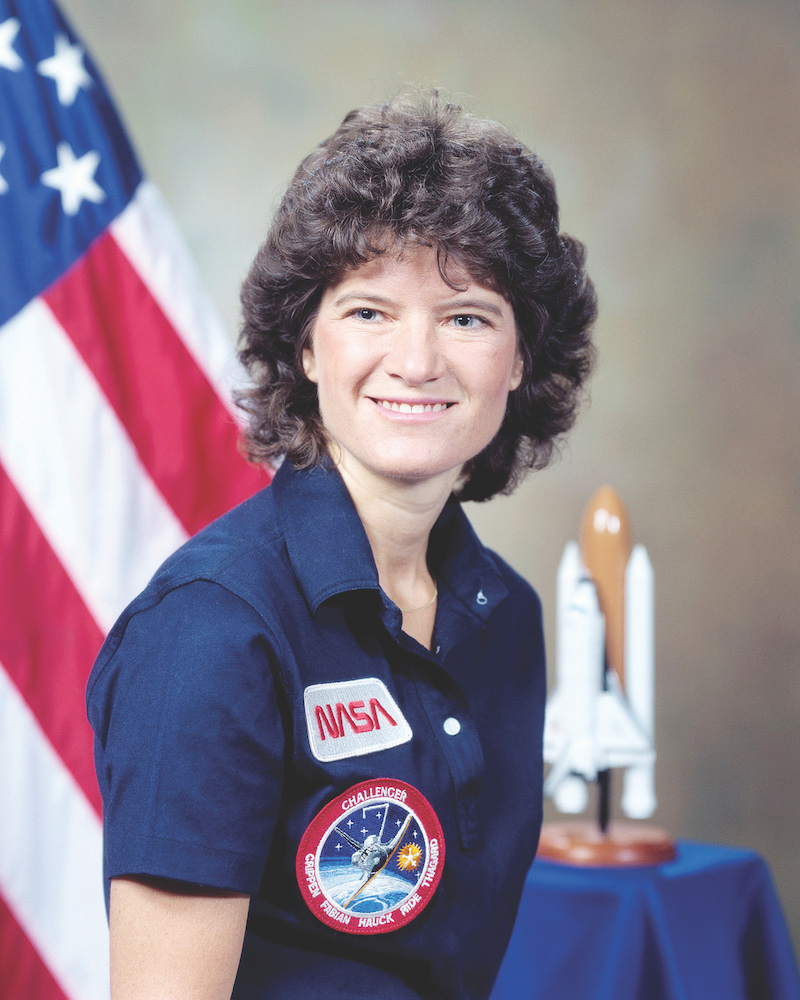
There seems to be no doubt that Barbie was created to set a standard and be a model for adolescent girls. That year and for many years thereafter, she was advertised as a fashion doll, and nothing more. Her proportions, though they are reminiscent of the fashion drawings of the day, are anatomically impossible. But she did have breasts, unlike other dolls back then. Flat-chested prepubescent girls were fascinated, hopeful, or worried.
On the other hand, as time went on, Barbie came to model more than fashions. Ruth Handler, after all, had not been content to be a stay-at-home-wife-and-mother. “If I had to stay home, I would be the most dreadful, mixed-up, unhappy woman in the world,” she told the L.A. Times reporter.
Very quickly, Barbie, too, took on careers. A fashion model in 1959, by 1967 she had been a nurse, airline stewardess, surgeon, fashion designer, and an astronaut – 18 years before Sally Ride rocketed toward the heavens. Of course, she was able to tackle each of these careers in latest fashionable attire.
And Barbie was also athletic. She played tennis, skied in the Olympics, and taught aerobics. As time passed, she joined the Marines, Navy, and Air Force before becoming President of the United States. Over the years Barbie’s appearance evolved along with the politics of the times. By 1979, Barbie dolls came in a host of hair colors and complexions and that year the first black Barbie was introduced. In response to continued criticism regarding her impossible figure, the company began making multiple body styles for Barbie.
All I Want for Christmas…
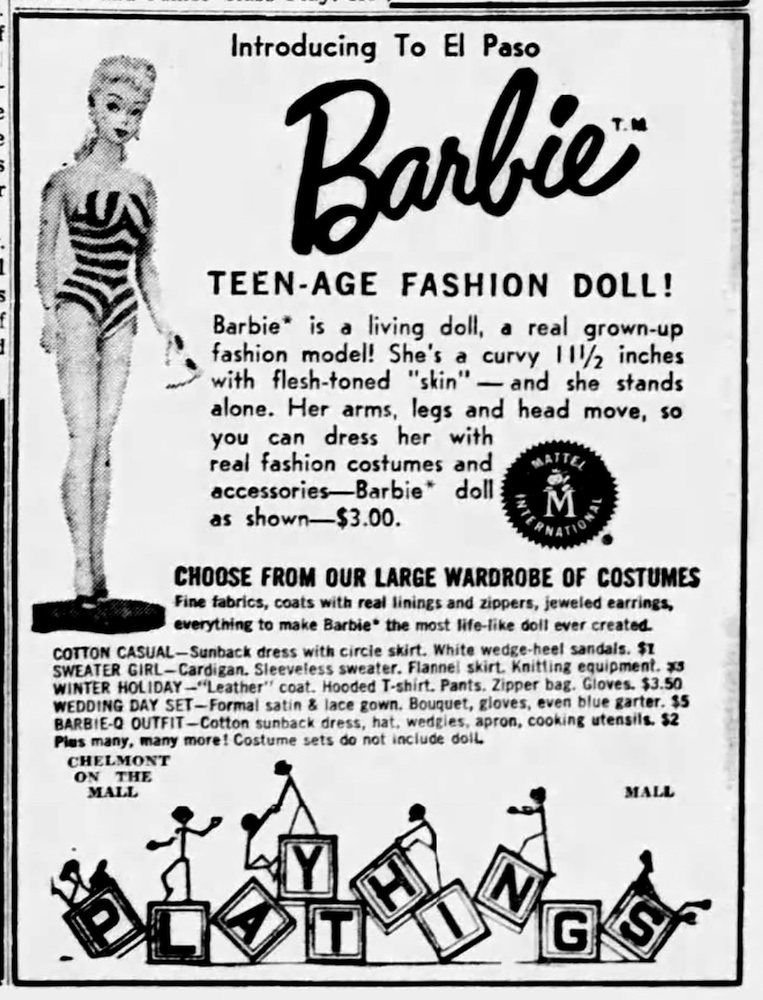
Regardless of all our latter-day metacognition of the effects, consequences, and influence of Barbie on American girls and women and culture, she was enormously popular at the time. For Christmas 1959, she was on many a young girl’s Christmas List, as the following letters taken from the nation’s newspapers show. Interestingly, most of the writers were much younger than 10 years old.
Dear Santa.
I am a little girl 8 years old. And in the third grade. Please bring me a barbie doll, Shaggy dog. And a Teddy bear. And anything else you think I would like. I wish you a very Merry Christmas.
Your Pal
Linda H.
Dawson Springs, Ky.
P.S. Please remember all little boys and girls.
Jonesville, La
Dec. 18, 1959
Dear S.C.,
I would like to have a barbie doll and croquet set. Would you bring me an oil painting set, too? Do remember the other boys and girls.
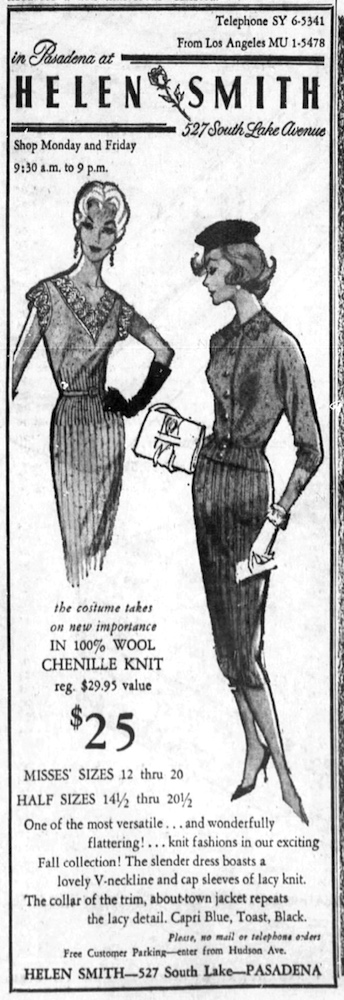
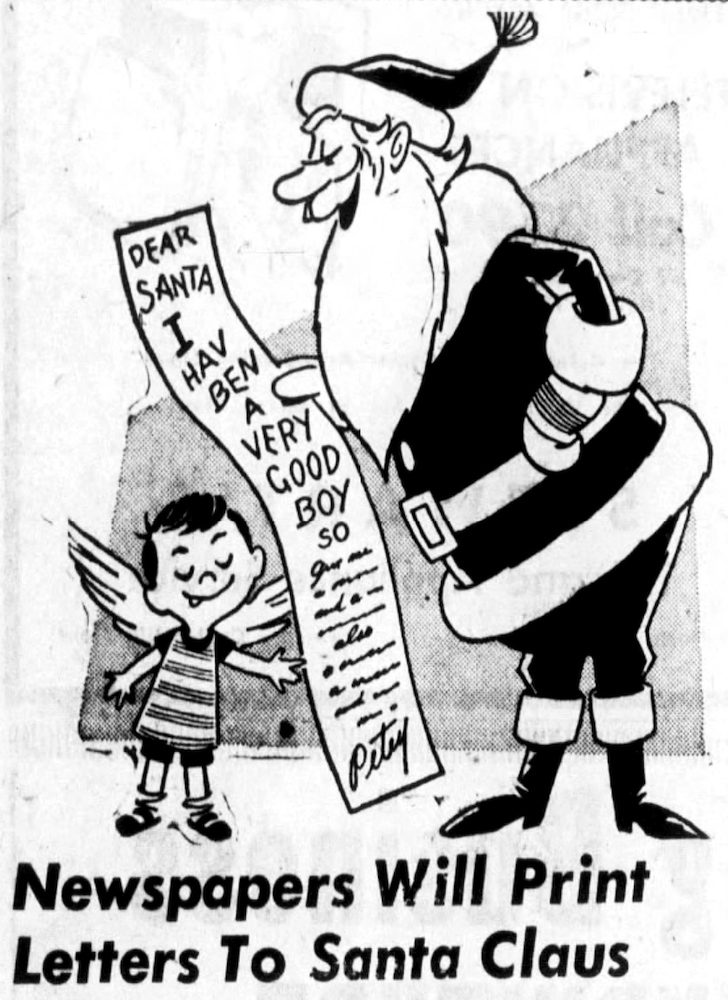
Love,
Norma Jean
Dear Santa:
I want a Barbie Doll and a bike and a Kool Aid set with some candy and nuts. I have been a good girl. I love you.
Beth F.
Decatur
Dear Santa:
I have been a pretty good girl this year. I would like to have a Barbie doll and her wardrobe. She has blond or brunette hair. I like brunette. I would like an autograph album. Don’t want much this year. Couldn’t find anything I wanted or needed. I like toiletries and need a pajama bag. That’s all ‘til next year. Got to go now.
Sandra K.
Dear Santa:
This is my Christmas list. 1, Alphabet speller set, 2, gas station, 3, magic set, 4, Mr. Machine, 5, Barbie doll clothes. 6, Dr. set.
We are going to leave you some cocoa and cookies at my grandmother’s house in Texas. I’ve been a good girl and I’m five years old.
Vicki P.
Mary Ann T., Memphis – I am 6 and my teacher is Miss Dismukes. I want a bathinette and a Barbie Doll and a vanity kit and a nurse kit and some surprises and some candy. I will leave you some milk and cookies. If you have anything left, I would love for you to leave something for my mother because she helped me write my letter.
Deming, N.M.
Dear Santa Claus:
I want a lot of things for Christmas, but most of all I want some dresses for my dolls, please. I want underwear and some pajamas and a new notebook, but my Barbie doll needs a dress and a coat to keep warm and a negligee. And anything else you want to bring me. I’ll see you at Christmas.
Love, Linda G.
And one I couldn’t resist, that says a lot about the difference between little boys and little girls.
Decatur, Illinois
Dear Santa Claus:
I am a little boy six years old. I have been a good little boy. Would you please bring me a machine gun, … Larry S,
My Barbie
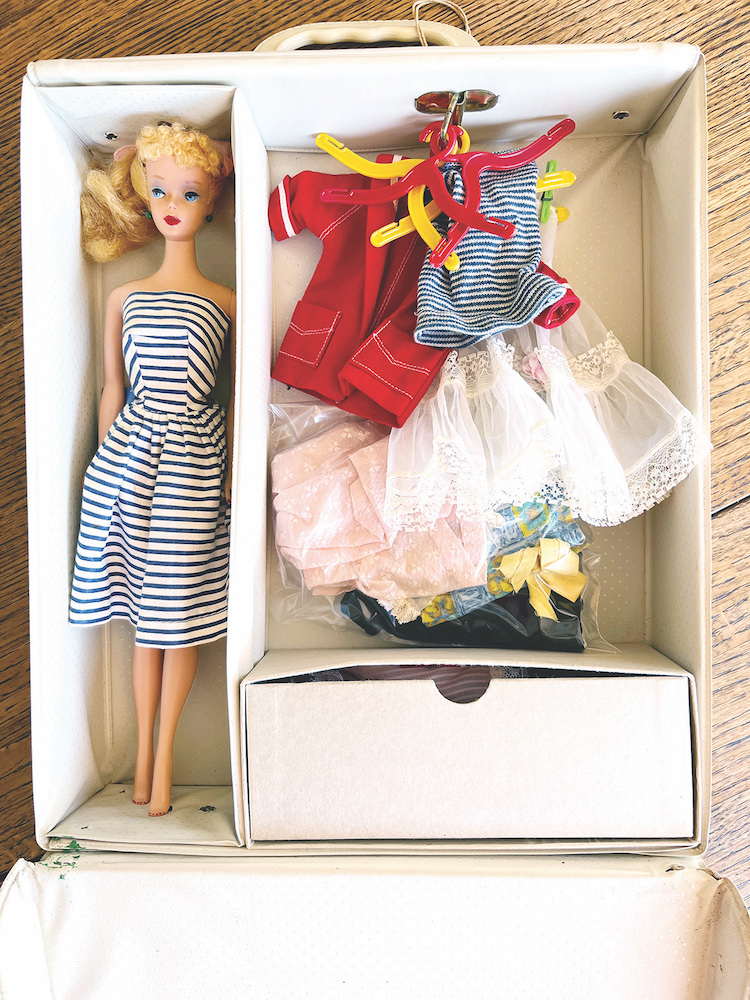
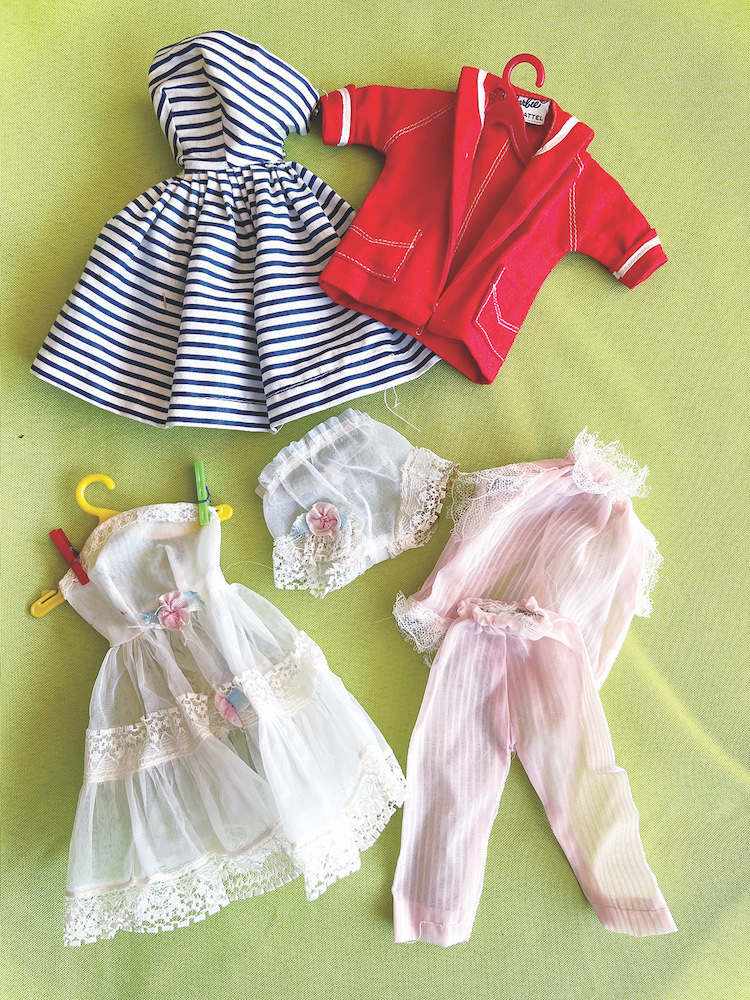
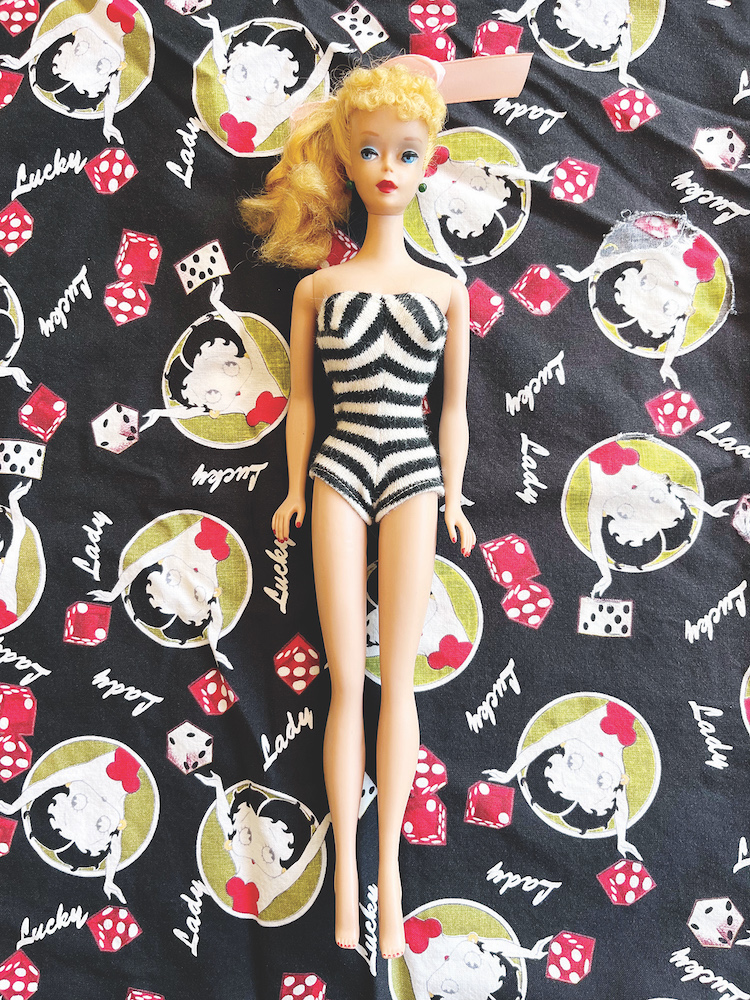
With all this hoopla about Barbie, I thought it was time to liberate my Barbie from her perch in the garage. I have to say that the news that vintage 1959 Barbie dolls were going for big money added some impetus to my quest. To think I’d almost given her to the thrift store a few years back during a short-lived spout
of purging!
I climbed a rickety ladder and managed to find the correct box and lower it to the work bench. When I opened it, sure enough, there was the Barbie case I remembered. It said 1961, so I knew I must have gotten my Barbie doll when I was 11. Interesting, because I don’t think girls play with dolls at that age anymore. My friends and I, however, thought nothing of it. That is, until we hit junior high school, and the dolls were put away.
So, as I wrack my memory to understand why I’ve kept this doll for so long, I’m coming up empty. Maybe just a reminder of childhood? Was my self-esteem damaged by Barbie’s impossible looks and achievements, which in 1961 had only progressed to nurse, airline stewardess, and ballerina, three acceptable female careers? Ah, well, as Robert Fulghum said, “The examined Life is no picnic.” And my verdict? … It’s complicated.
Sources: Mary Lou Loper, “Man-Wife Team Partners in Firm,” The Los Angeles Times, 29 September 1959; Bridget Carey, “Barbie’s Careers through the Years,” CNET, 26 June 2018, accessed 3 August 2023; national contemporary newspapers years 1959 and 1960. Photo of Ruth Handler source: Los Angeles Times Photographic Collection, UCLA Library, restored by Adam Cuerden, published 1961 in the Los Angeles Times







You must be logged in to post a comment.